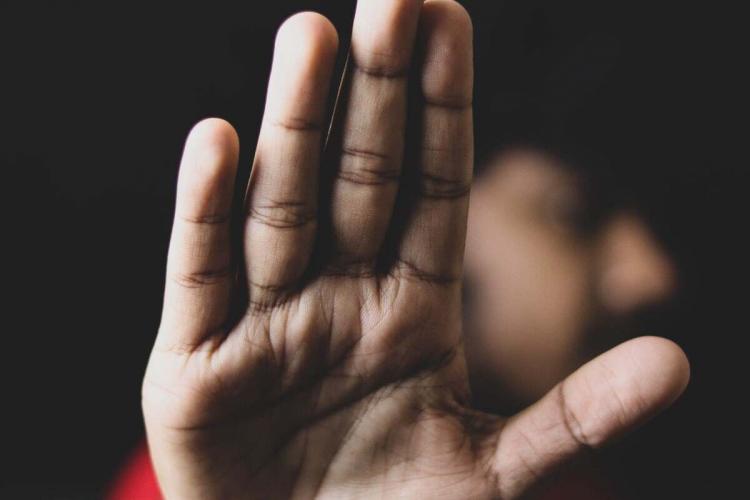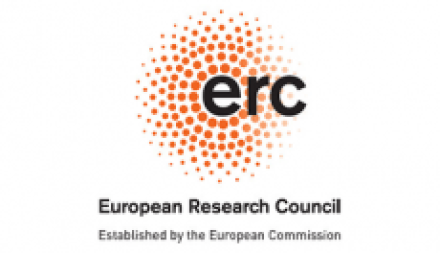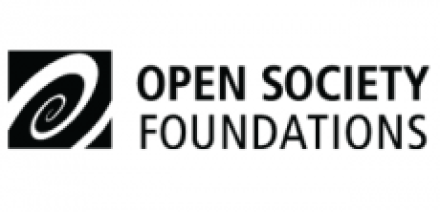Putting The ‘Justice’ (Back?) Into The ‘Criminal Justice Approach’ To Anti-Trafficking
Posted:
Time to read:
Guest post by Dr Marika McAdam. Marika is an independent international law and policy adviser. She is the author of several publications for the United Nations and other agencies and has worked internationally to advise practitioners, policy makers others on migrant smuggling, human trafficking, human rights and their intersections.

Counter-trafficking actors and activists have long-criticized the criminal justice approach to human trafficking offered by the Trafficking in Persons Protocol. They bemoan the lack of common metrics to determine what is meant by a successful criminal justice response. They point to compelling evidence of harmful impacts on migrant workers, sex workers and other marginalized groups. They cite poorly or purposefully conceived laws and policies that entrench vulnerability, including measures that restrict migration pathways, particularly for women, under the guise of ‘preventing trafficking’. They note that migrant workers are often misidentified as victims of trafficking, forcibly removed from situations they want to remain in, while those correctly identified as victims are ‘protected’ in ways that subject them to more harm than they endured in the situation they were ‘rescued’ from. They also point to the prosecution of low-level actors – often vulnerable and marginalized people themselves – through processes and outcomes that are not victim-centred or rights-based.
The upshot is that the counter-trafficking industry is thriving, but doing little to actually counter trafficking. But is the criminal justice approach to blame, or are we just doing it wrong?
Midst all the counter-trafficking counter-narratives, it is increasingly difficult to discern what the actual narrative is. Many counter-trafficking experts confidently wield the international legal definition of trafficking in persons, but disregard its wider setting in the Trafficking Protocol. They rightly explain that exploitation is the by-product of entrenched inequality, but in their efforts to put victims’ voices, vulnerabilities and experiences at the centre of response, they overlook the culpability of traffickers whose actions and intentions the definition describes. In failing to clarify what they mean by trafficking, if not the criminal actions and intentions of traffickers described in international law, they are also guilty of obfuscating ‘counter trafficking’ by finding the existence of exploitation sufficient to warrant the label of trafficking, irrespective of the involvement of actual traffickers.
Important work has been done to show that people are not always exploited by inter-connected networks of violent criminals trading human beings across borders for high profits. But sometimes they are, and it is this sub-set of human exploitation that is transnational in nature and involves organised criminal groups that the Trafficking Protocol is meant to apply. UNODC research published in 2021 finds that organised crime groups traffic more victims for longer periods, and use more violence in doing so. These findings should inform the allocation of criminal justice resources and prioritisation of criminal justice response, yet most cases that come to trial involve individual perpetrators. This is because the scope of application of the Trafficking Protocol (and the Smuggling Protocol, for that matter) are disregarded. Individuals who graduate from sex work to management, or low-level criminals trapped in the employment of organised criminal groups, or a man who sells his own organ out of desperate need, or parents who accept a dowry for their daughter in the absence of alternatives for her, have been prosecuted as ‘traffickers’, while organised criminals are left at large. But is the Trafficking Protocol to blame for its misuse?
Calls for alternatives to the criminal justice approach need to clarify how rights-based models can dismantle organised crime groups that buy and sell children for sexual exploitation. They need to detail what consequence, if not a punitive one, supply chain accountability mechanisms impose on fishing companies and their agents who profit by exacting the labour of enslaved men through violence and torture. They need to clarify what offences, if any, powerful, profit-hungry actors who traffic people transnationally to remove their organs should be charged with. It is true that rights and evidence-based migration and labour policies can spare many of these individuals from falling victim to these fates, but what should be done to the exploiters of those who aren’t?
Regret that states negotiated a criminal justice framework is fair, but ultimately unhelpful. It is more constructive to remind states of the need to interpret and implement the Trafficking Protocol in line with their other obligations in international law, so that criminal justice efforts work in tandem with human rights and social justice response. Limiting the application of the serious criminal justice response set out in the Trafficking Protocol, to only that involving serious organised crime - such as it exists - would reduce the risk of the wrong people being prosecuted and would channel criminal justice resources towards high-value cases that can disrupt the most egregious and violent crimes. But first, a robust evidence base is needed to determine the true extent of transnational organised criminal involvement in human trafficking, so that the criminal justice approach can apply where it is involved and retract where it is not. This would not leave exploited migrant workers unprotected, or abandon abused sex workers or victims of exploitative and abusive forms of marriage to their fates. Rather it would emphasise that an exploited person should not need to be labelled a victim of the crime of trafficking in order to access support, but should have recourse to a raft of avenues that respond to their specific plight. Importantly too, it would guard against misuse of the counter-trafficking framework to justify restrictive migration policies, and may even go some way towards denying governments use of the amorphous ‘modern slavery’ term to distract from their positive obligations to confront the crime of trafficking in persons.
A good faith review of the counter-trafficking ledger since the Trafficking Protocol entered into force, can only result in furious agreement in the counter-trafficking community, that the criminal justice approach has so far largely failed. But what has been done in the name of counter-trafficking is the result of its misinterpretation and misapplication. Blaming the criminal justice approach for failing to address the economics of exploitation, is like blaming surgery for failing to cure a virus. Its success – and its failure - should be measured by whether it has prevented transnational organised trafficking, protected victims of serious crime and promoted transnational cooperation to these ends. What it has not achieved on these fronts speaks to the need to step up efforts to implement the Trafficking Protocol in more faithful accordance with international law, not abandon that work altogether. Exploitation will of course only be confronted when the causes and drivers of discrimination and systemic inequality are addressed. But in the meantime, government failure to effectively confront social injustice should not result in the organised criminal groups who benefit from that failure, being granted impunity from criminal justice.
Any comments about this post? Get in touch with us! Send us an email, or post a comment here or on Facebook. You can also tweet us.
__________
How to cite this blog post (Harvard style)
McAdam, M. (2021). Putting The ‘Justice’ (Back?) Into The ‘Criminal Justice Approach’ To Anti-Trafficking. Available at: https://www.law.ox.ac.uk/research-subject-groups/centre-criminology/centreborder-criminologies/blog/2021/11/putting-justice [date]
Share:








